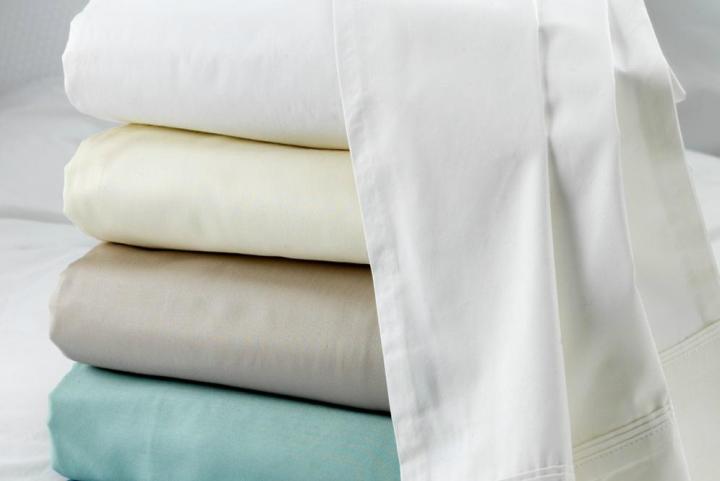
According to the National Sleep Foundation, 65 degrees Fahrenheit is the optimal temperature for sleep. It can be hard to maintain that temperature when you start piling on the blankets. Down comforters and Egyptian cotton sheets come to mind when we think of luxurious bedding, but more often than not, our covers end up on the floor. Instead of you kicking off the comforter, the 37.5 bedding system will make the adjustments for you. The fabric, which is found in athletic gear from Adidas and Under Armour, “captures and releases moisture before it has a chance to build up,” according the description of the mattress pad.
Related: A bed that promises to banish monsters and track your kids’ sleep patterns
The fibers are embedded with patented active particles that do the work. Made of volcanic sands and activated carbon from coconut shells. “Most [fabric] is passive, it doesn’t know what your body wants,” Dr. Gregory Haggquist tells Fast Company. The 37.5 bedding — mattress pads, sheets, pillows, comforters, and duvet covers — vaporizes the moisture and dries quickly.
During the early phases of sleep, your body temperature starts to drop, reaching its lowest level around 4:00 or 5:00 in the morning, a study published in the journal Sleep found. Sweating is one way the body helps regulate temperature changes, but when bedding traps it in, the “microclimate” around your body heats up, says Dr. Haggquist.
To test the 37.5 bedding’s ability to regulate the microclimate, the Swiss Federal Laboratories for Materials Science and Technology used “instrument simulated-sweating testing” to show “the 37.5 sleep system significantly reduced the absolute humidity within the microclimate compared to the same sleep system without 37.5 technology,” according to the company. It also states that the humidity makes the heat feel hotter and the cold feel chillier, so removing it automatically improves your sleep quality.
Curious to try it yourself? The whole system, including pillows, costs over $300, but you can get the sheets alone for $70.


